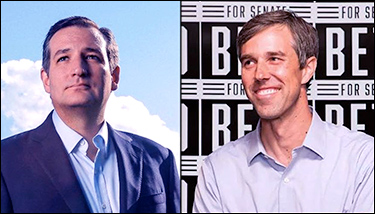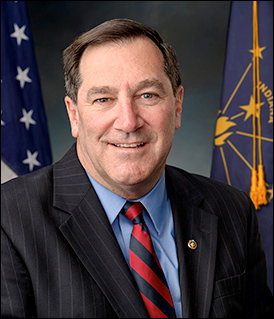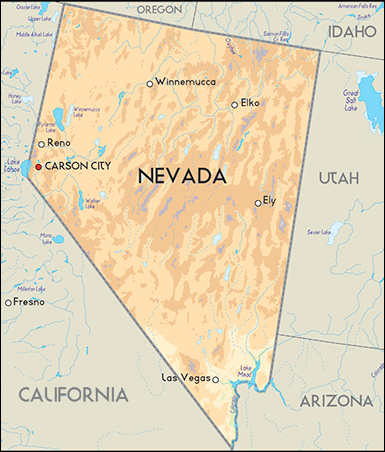Let’s assume, for the sake of argument, that all of the latest publicly released presidential election state polls are accurate. If so, then the nationwide electoral vote count would post Pres. Barack Obama and Mitt Romney to within four votes of each other.
First, from a national popular vote perspective, seven polls have been completed within the past few days (Gallup, Rasmussen Reports, Investors Business Daily TIPP, Gravis Marketing, Ipsos Reuters, Public Policy Polling, and the University of Connecticut) and the president leads in four of them, Romney two, and one is tied. Obama’s largest lead is three points. Romney’s best margin, via Gallup, is six points, 51-45 percent. This tells us that with two weeks remaining, the presidential race is still undecided.
Turning to the all-important swing states, the CNN/ORC Florida poll (Oct. 17-18; 681 likely Florida voters) gives Romney a 49-48 percent lead. Fox News (Oct. 17-18; 1,130 likely Florida voters) posts the Republican to a 48-45 percent advantage. Rasmussen Reports (Oct. 18; 750 likely Florida voters) registers a 51-45 percent spread, also in Romney’s favor.
Turning to Iowa, Public Policy Polling (Oct. 17-19; 869 likely Iowa voters) finds Romney holding a 49-48 percent razor-thin margin over the president.
The Mellman Group, polling for the liberal Americans United for Change organization (Oct. 15-17; 600 likely Nevada voters) finds the president commanding the advantage within the Nevada electorate by a 51-43 percent margin. This is the largest Nevada spread shown for either candidate in quite some time, so the result should be looked at skeptically. For the sake of our model, however, we will place Nevada in the president’s column.
Public Policy Polling, also during the Oct. 17-19 period, surveyed 1,036 likely voters in New Hampshire. There, they found Romney leading Obama 49-48 percent.
In North Carolina, we have split results. Grove Insight, polling for the liberal Project New America (Oct. 17-18; 500 likely North Carolina voters) actually gives Obama a slight lead, 47-44 percent. More in line with all other polls conducted in the Tar Heel State, TelOpinion for the North Carolina Republican Party (Oct. 12-13; 500 likely North Carolina voters) projects Romney with a 49-45 percent advantage. Since the preponderance of recent polling gives Romney the edge here, we will project North Carolina in the Republican column for the purposes of this spot analysis.
Looking at critical Ohio, the Fox News Poll (Oct. 17-18; 1,131 likely Ohio voters) continues to show the president holding a small advantage, 46-43 percent. While other places seem to be leaning toward Romney, Ohio has not fully turned. It is this state that could be the determining factor, as it is one of the few big states that does vote for both parties.
Virginia is another swing state that could be determinative and the new Rasmussen Reports data (Oct. 18; 750 likely Virginia voters) puts Romney ahead of the President 50-47 percent.
And, in Wisconsin, Rasmussen Reports (Oct. 18; 500 likely Wisconsin voters) gives the president the slightest of leads, 50-48 percent.
Understanding that a two- or three-point poll is within the margin of error, the actual vote could go either way; however, we can develop an electoral vote model based upon the above data just presented. Remember, for the sake of our analysis exercise, we are going to presume that all of these polls are exactly accurate, with the one exception of placing North Carolina in the Romney column because more polls favor Romney.
Factoring the aforementioned states as they are currently polling, and using the 2008 results for the ones not recently surveyed, with the exception of adding Indiana and the 2nd Congressional District of Nebraska to the Romney column, the national count would give the president 271 electoral votes and Romney 268. This means that any additional Obama state converting to Romney would give the national victory to the challenger.
It will be an interesting two weeks.



